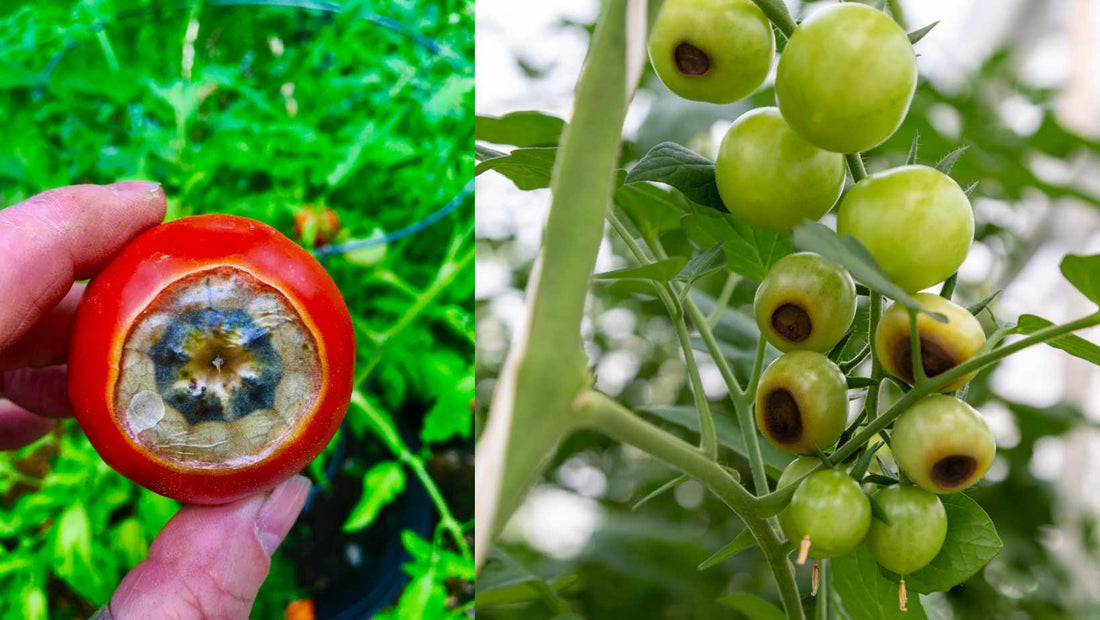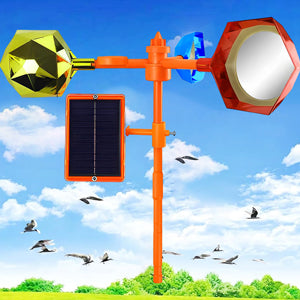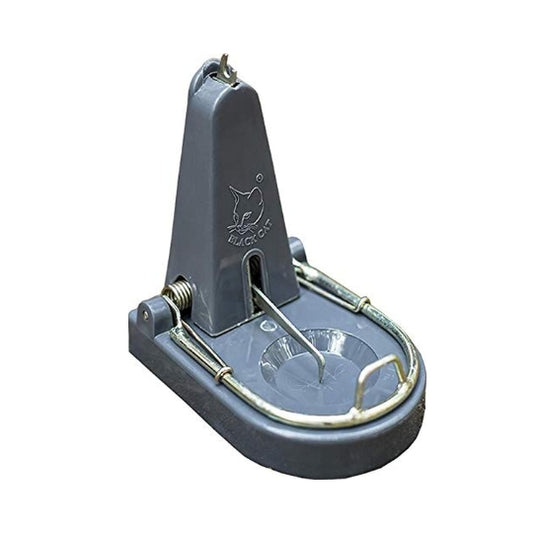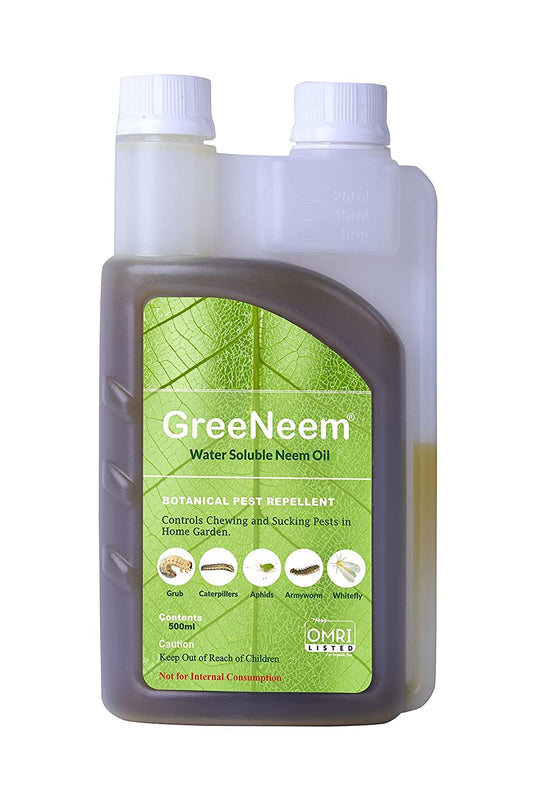
Conquering Blossom End Rot: Unveiling the Calcium Deficiency Culprit in Tomato Fruits
Share
Blossom end rot is a common issue that affects tomato fruits, causing them to rot at the tip. Despite common belief, it is not caused by fungal infestation but rather indicates a calcium deficiency in the plant. This deficiency can lead to reduced yields and a decrease in the market value of the harvest.
As a farmer, you can take specific steps based on different scenarios:
Scenario 1: If your crop has not been planted yet, but you have previously experienced calcium deficiency, you can apply 100 kg of calcium sulfate (gypsum), calcium carbonate, or rock phosphate per acre along with organic manure and basal dose. Additionally, you can apply 5 kg of calcium nitrate per acre along with 500 grams of water-soluble boron to reduce the chances of calcium deficiency occurring.
Scenario 2: If your crop is already planted, and the branches are developing, and you have experienced calcium deficiency in the previous crop, you can apply 5 kg of calcium nitrate per acre along with 500 grams of water-soluble boron through drip irrigation. It is recommended to repeat this dosage after the first round of harvest.
Scenario 3: If your crop is in the initial stage of fruiting, you can irrigate with 3 kg of calcium nitrate per acre along with 250 grams of water-soluble boron. Additionally, you can spray a solution of calcium nitrate at a rate of 10 grams per liter. Remove both unripe and ripe fruits affected by blossom end rot, which can be added to your compost pile. It is important to repeat the irrigation of calcium nitrate and boron every 20 days at intervals of 25 days.
Thank you, please feel free to share page










